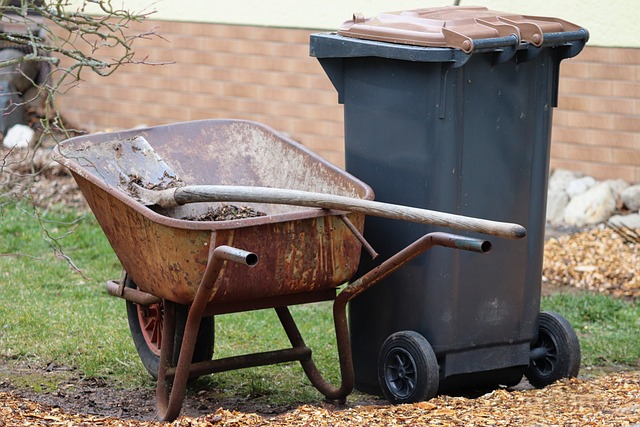Low-maintenance yard design, driven by busy lifestyles and sustainability concerns, emphasizes native plants, durability, and simplicity. An economical garden design focuses on visually appealing, easy-to-maintain spaces using strategies like native flora, mulching, and automated irrigation systems. This approach not only reduces environmental impact but also saves time, money, enhances property value, and supports local ecosystems by incorporating drought-resistant plants, efficient water management (drip irrigation, rainwater harvesting), and durable materials while promoting biodiversity.
Create a beautiful, low-maintenance yard with our guide to economical garden design. Discover how thoughtful planning can transform your outdoor space into a vibrant oasis that requires minimal care. From selecting resilient plants to implementing efficient water management strategies, we explore practical steps for crafting a sustainable and stylish yard. Learn how incorporating native species and choosing durable materials can make your garden thrive with minimal effort.
- Understanding Low-Maintenance Yard Design: A Lifestyle Choice
- Selecting the Right Plants for Minimal Care
- Incorporating Native and Adaptable Species
- Efficient Water Management Strategies
- Designing with Durability: Choosing Long-Lasting Materials
Understanding Low-Maintenance Yard Design: A Lifestyle Choice
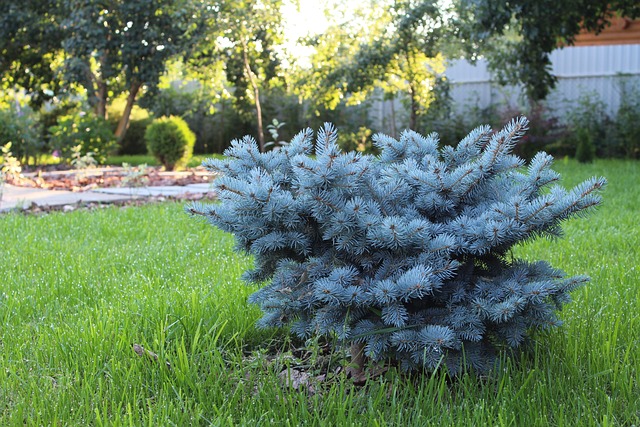
Low-maintenance yard design isn’t just a trend; it’s a lifestyle choice that aligns with today’s busy lifestyles and growing awareness of environmental sustainability. This approach to landscaping prioritizes simplicity, durability, and native plants, which require less water, fertilize, and care. An economical garden design focuses on creating spaces that are not only visually appealing but also practical and easy to maintain. By choosing native flora, using mulching techniques, and implementing automated irrigation systems, homeowners can achieve a lush, inviting outdoor space with minimal effort.
This philosophy extends beyond the aesthetic; it’s about reducing environmental impact and saving time and money in the long run. With proper planning, a low-maintenance yard can offer a serene retreat, enhance property value, and contribute to local ecosystems by supporting native wildlife. It’s a thoughtful investment that transforms outdoor spaces into functional, beautiful areas that require less upkeep, not more.
Selecting the Right Plants for Minimal Care
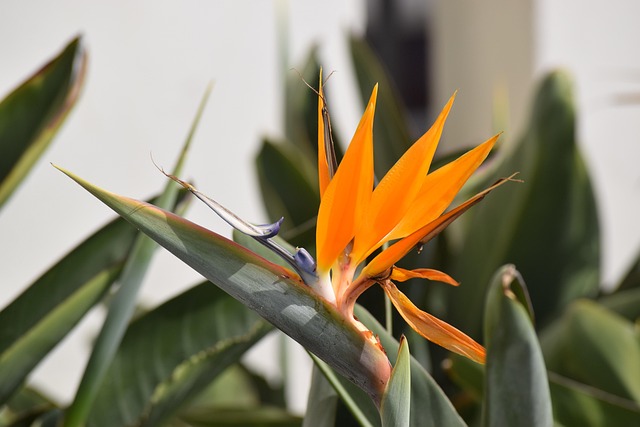
When designing a low-maintenance yard, selecting the right plants is key. Opt for drought-resistant and resilient varieties that can thrive with minimal care. Evergreens, native plants, and succulents are excellent choices due to their adaptability and low water requirements. These options not only require less frequent watering but also help reduce maintenance efforts significantly.
Incorporating economical garden design principles, such as clustering similar plants together for better resource efficiency, can further minimize care needs. Additionally, choosing plants with attractive textures and vibrant colors ensures your yard remains visually appealing without requiring excessive upkeep. This approach allows you to enjoy a beautiful outdoor space while saving time and resources on maintenance.
Incorporating Native and Adaptable Species
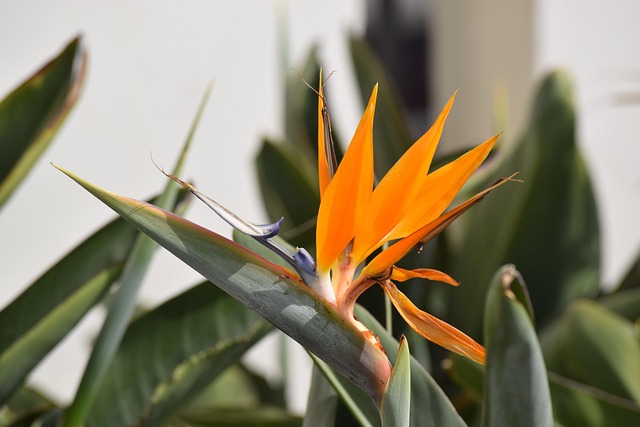
When designing a low-maintenance yard, incorporating native and adaptable plant species is a game-changer for any gardener. These plants are specifically tailored to thrive in your region’s climate and soil conditions, reducing the need for excessive watering and fertilizing. Native plants, in particular, provide a natural habitat for local wildlife, fostering biodiversity right in your backyard. They also tend to have deep root systems that help prevent erosion and improve water filtration.
In terms of adaptability, choosing species that can tolerate a range of soil types and weather conditions ensures easier maintenance. For instance, select plants that are drought-resistant during drier months and don’t require heavy mulching. This approach not only conserves resources but also creates an economical garden design that requires less time and effort for upkeep.
Efficient Water Management Strategies
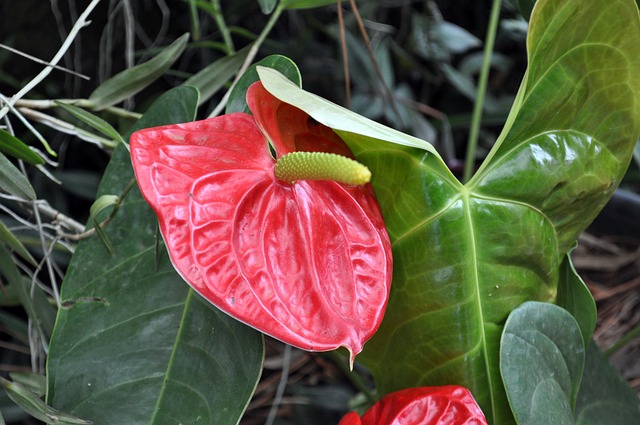
In an economical garden design, efficient water management is key. Implementing strategies like drip irrigation systems can significantly reduce water waste by directly delivering water to plant roots, minimizing evaporation and runoff. Additionally, choosing drought-resistant plants that thrive in your local climate eliminates the need for frequent watering.
Another effective approach is using rainwater harvesting techniques, such as installing barrels or tanks to collect rainwater from roof downspouts. This collected water can then be used to nourish your garden, further reducing reliance on municipal supplies. Combining these methods not only conserves resources but also fosters a sustainable and low-maintenance yard.
Designing with Durability: Choosing Long-Lasting Materials
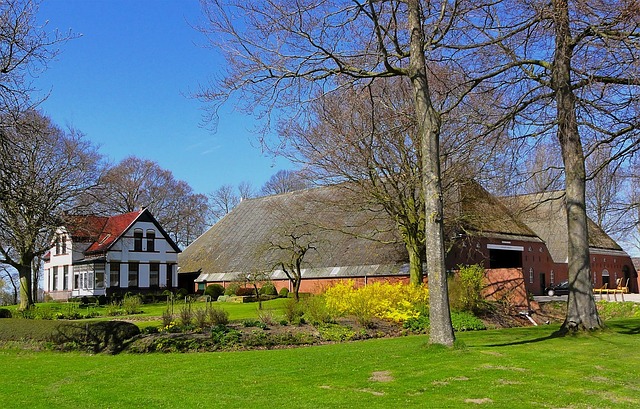
When designing a low-maintenance yard, prioritizing durability is key for an economical garden design that stands the test of time. Opting for long-lasting materials reduces the need for frequent replacements and repairs, saving both time and money in the long run. For outdoor spaces, choose weather-resistant options like concrete, brick, or stone for paths and patios. These materials not only endure various weather conditions but also require minimal upkeep compared to wooden or plastic alternatives.
In terms of landscaping, consider native plants that are adapted to local climates and conditions. Native species typically demand less maintenance as they naturally thrive in their environment, reducing the need for excessive watering or chemical treatments. Additionally, hardy perennials and low-growing ground covers can provide beautiful, thriving yards with minimal effort, contributing to a sustainable and cost-effective garden design.
Creating a low-maintenance yard is not just about saving time; it’s an investment in a beautiful, sustainable space that thrives with minimal care. By selecting the right plants, incorporating native species, adopting efficient water management, and choosing durable materials, you can achieve an economical garden design that enhances your lifestyle without compromising on aesthetics or environmental friendliness. Embrace these principles to transform your yard into a serene oasis that requires less upkeep and more relaxation.
